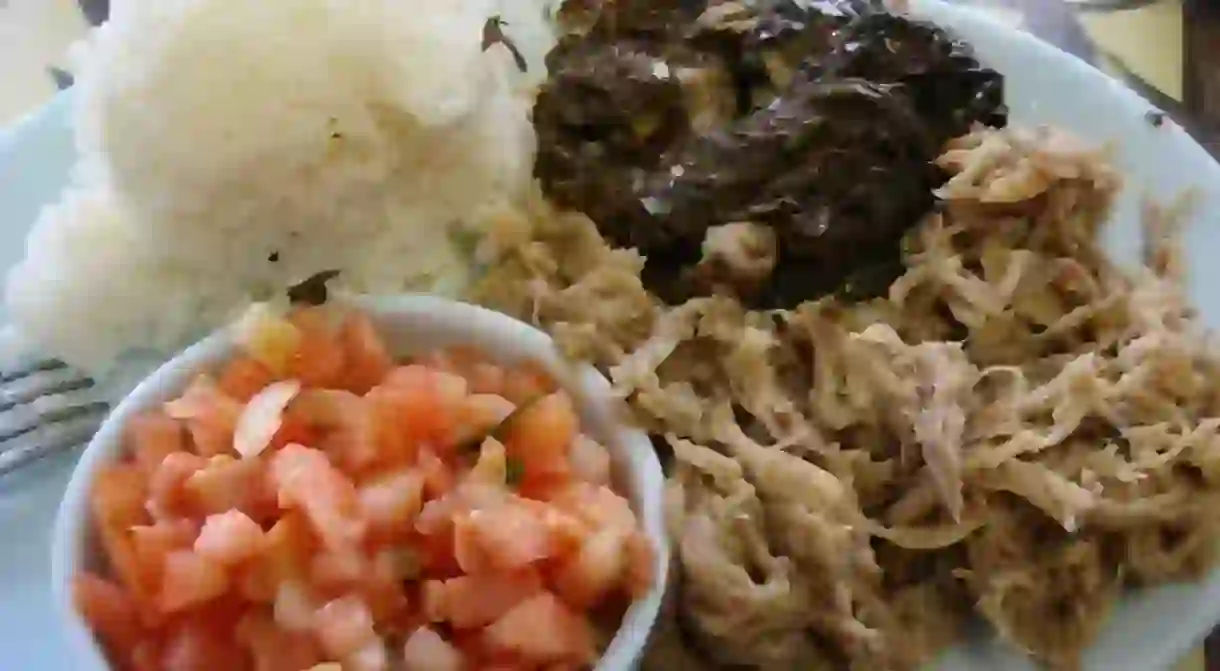A Brief History of Hawaii’s Famous Kālua Pork Dish

Kālua pork—the smoked, shredded meat sometimes mixed with cabbage—is a staple at any luau. This local delicacy is actually one of the oldest and most traditional dishes served on a Hawaiian plate. Here’s the history behind the famous Hawaiian dish.
The Hawaiian islands, existing in isolation, originally possessed very few edible land animals and plants. Luckily, between 300 and 500 AD, the first settlers arrived and brought with them plants to cultivate and animals (pigs, chickens, and dogs, to name a few) to domesticate.
Pua‘a (pigs) were highly valued and only occasionally eaten by maka‘ainana (commoners), with the exception of women, who were strictly forbidden from eating them under the kapu system of ancient Hawaiian laws. The animals were also prominent in Hawaiian mythology—as seen in demigod Kama Pua‘a—and traditions such as the ‘aumakua (family guardian spirit).

In Hawaiian, the word kālua translates as “to cook in an underground oven.” Known as an imu, this method of cooking is still in use today. Cooking in an imu is complicated and time-consuming. First, a fire is created at the bottom of a large pit with koa or kiawe wood. Porous lava rocks are then added to the flames to heat up for a few hours. Then, the heated rocks are spread out at the base of the pit and covered with banana and ti leaves, upon which the full pig and vegetables, such as taro and breadfruit, are positioned. More leaves are used to keep the steam and heat within the pit and to protect the food. Lastly, dirt is thrown over the entire pit. Several hours later, the succulent, smoked pig is removed, now tender, juicy, and falling off the bone.

The pork’s unique flavor comes from the specific hardwood used for the fire combined with the moisture from the leaves. It’s possible to buy kālua pork at most grocery stores in Hawaii, or easily recreate the dish in a smoker or oven, but any local will tell you it’s not the same as the real thing. Kālua pork is still one of the main attractions at any family luau or potluck and is an essential part of a Hawaiian plate, featuring all local favorites: lomilomi salmon, laulau, chicken long rice, and poke.













